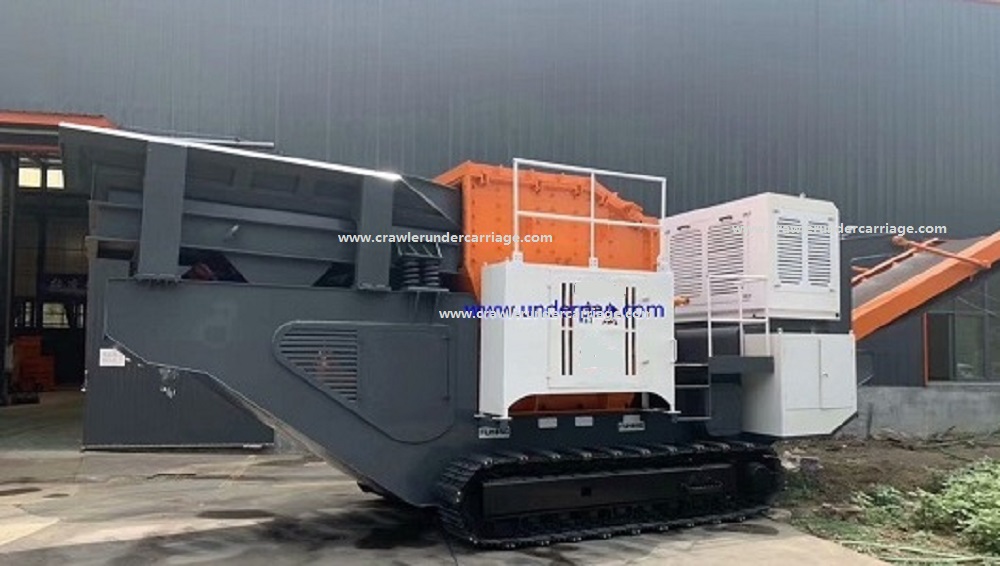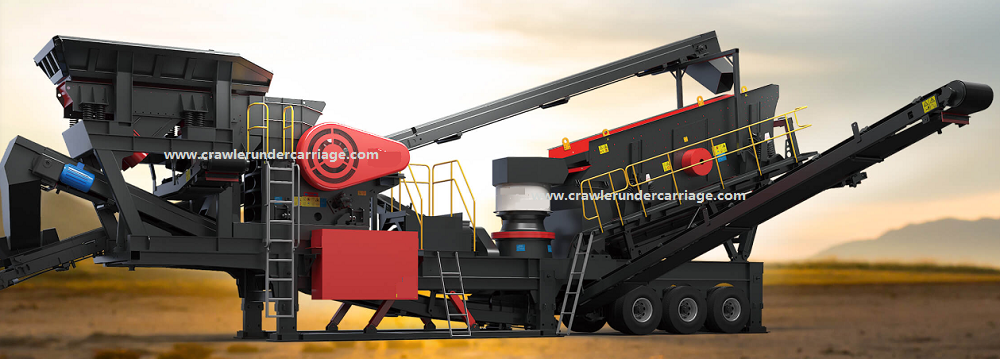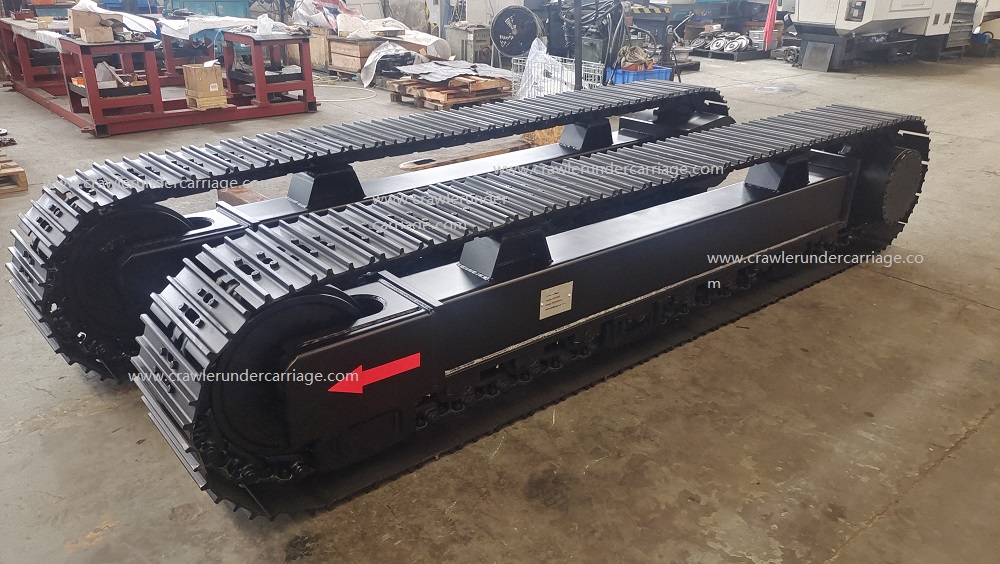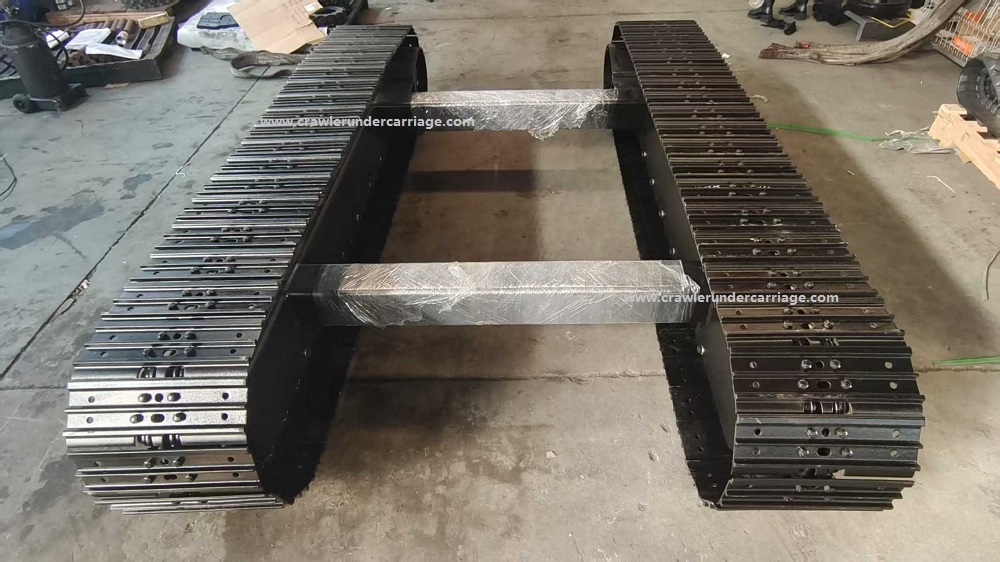The crawler-type undercarriage and the tire-type chassis of mobile crushers have significant differences in terms of applicable scenarios, performance characteristics, and costs. The following is a detailed comparison in various aspects for your selection.
1. In terms of suitable terrain and environment
| Comparison item | Track-type undercarriage | Tire-type chassis |
| Ground Adaptability | Soft soil, marsh, rugged mountains, steep slopes (≤30°) | Hard surface, flat or slightly uneven ground (≤10°) |
| Passability | Extremely strong, with low ground contact pressure (20-50 kPa) | Relatively weak, dependent on tire pressure (250-500 kPa) |
| Wetland Operations | Can widen the tracks to prevent sinking | Likely to skid, need anti-skid chains |
2. Mobility and Efficiency
| Comparison Item | Track-Type | Tire-Type |
| Movement Speed | Slow (0.5 - 2 km/h) | Fast (10 - 30 km/h, suitable for road transfer) |
| Turning Flexibility | Steady turning or small-radius turning at the same location | Requires a larger turning radius (multi-axis steering can improve) |
| TransferRequirements | Requires flatbed truck transportation (the disassembly process is cumbersome) | Can be driven independently or towed (quick transfer) |
3. Structural Strength and Stability
| Comparison Item | Track-Type | Tire-Type |
| Load-bearingCapacity | Strong (suitable for large crushers, 50-500 tons) | Relatively Weak (generally ≤ 100 tons) |
| Vibration Resistance | Excellent, with track cushioning for vibration absorption | Vibration transmission is more obvious with the suspension system |
| Work Stability | Dual stability provided by legs and tracks | Requires hydraulic legs for assistance |
4. Maintenance and Cost
| Comparison Item | Track-Type | Tire-Type |
| MaintenanceComplexity | High (Track plates and supporting wheels are prone to wear) | Low (Tire replacement is simple) |
| Service Life | Track service life is approximately 2,000 - 5,000 hours | Tire service life is approximately 1,000 - 3,000 hours |
| Initial Cost | High (Complex structure, large amount of steel usage) | Low (Tire and suspension system costs are low) |
| Operating Cost | High (High fuel consumption, frequent maintenance) | Low (High fuel efficiency) |
5. Typical Application Scenarios
- Preferred for crawler type:
- Harsh terrains such as mining and building demolition;
- Long-term fixed-site operations (e.g. stone processing plants);
- Heavy-duty crushing equipment (such as large jaw crushers).
- Tire type preferred:
- Urban construction waste disposal (requiring frequent relocation);
- Short-term construction projects (such as road repairs);
- Small and medium-sized impact crushers or cone crushers.
6. Technological Development Trends
- Improvements in tracked vehicles:
- Lightweight design (composite track plates);
- Electric drive (reducing fuel consumption).
- Improvements in tire vehicles:
- Intelligent suspension system (automatic leveling);
- Hybrid power (diesel + electric switching).
7.Selection Suggestions
- Choose the tracked type: for complex terrains, heavy loads, and long-term operations.
- Choose the tire type: for rapid relocation, smooth roads, and limited budget.
If the customer's requirements are changeable, modular design (such as quick-change tracks/tires system) can be considered, but the costs and complexities need to be balanced.










